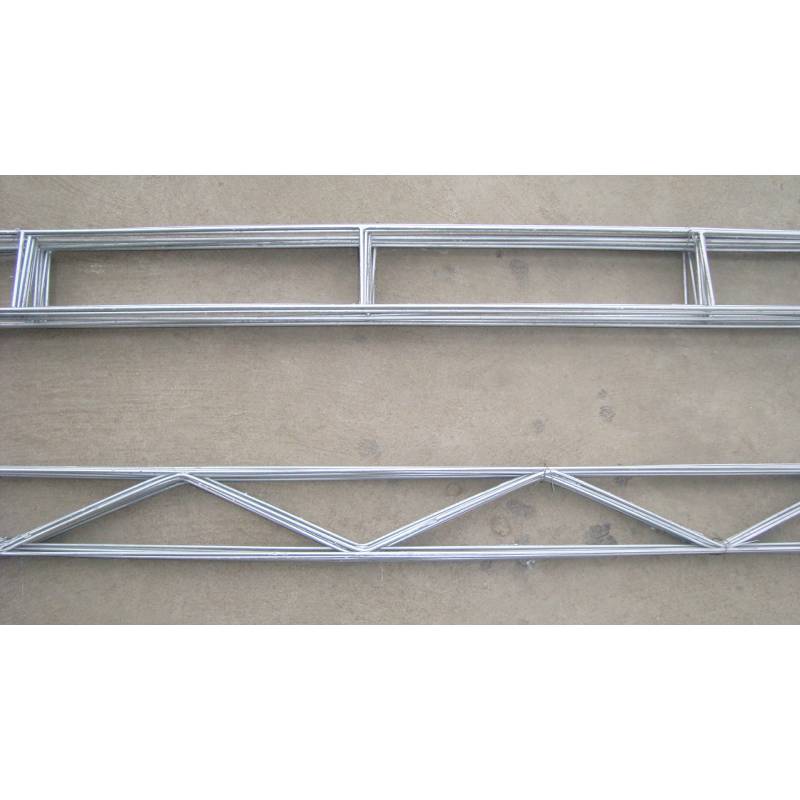
- Mobile Phone
- +8613931874955
- sales@cntcmetal.com
butterfly cavity wall ties
Understanding Butterfly Cavity Wall Ties A Comprehensive Overview
In modern construction, maintaining the structural integrity and thermal efficiency of buildings is paramount. One important component contributing to this is the use of wall ties, particularly butterfly cavity wall ties. These specialized ties serve a crucial role in connecting the outer and inner leaves of cavity walls, providing stability and preventing issues such as bowing or shifting over time.
What are Cavity Walls?
Cavity walls consist of two parallel walls (leaves) separated by a hollow space or cavity. This design is prevalent in many regions, especially in climates where moisture is a concern. The cavity serves to reduce the risk of water penetration, providing insulation and improving energy efficiency. Each layer of the wall has its specific function; the outer wall acts as the barrier to weather, while the inner wall provides structural support and thermal insulation.
The Role of Wall Ties
Wall ties are critical in ensuring that both leaves of the cavity wall are tied together securely. They help distribute loads between the inner and outer walls, enhancing stability and integrity. Additionally, they allow for the movement of both leaves without compromising the wall's overall structure. This flexibility is essential, particularly in areas with significant temperature fluctuations, as it minimizes stress on the building materials.
Butterfly Cavity Wall Ties Features and Benefits
Butterfly cavity wall ties have unique design features that differentiate them from traditional wall ties. Their butterfly shape typically offers a broader point of contact with the masonry, allowing for more effective load distribution and better anchoring within the wall. This design reduces the likelihood of the ties pulling out over time, which is sometimes a risk with conventional ties.
butterfly cavity wall ties

One of the primary benefits of butterfly cavity wall ties is their ability to enhance moisture management within the cavity wall system. By maintaining a consistent and secure connection between the two walls, these ties help prevent water infiltration. This is particularly important in regions prone to heavy rainfall, where moisture buildup can lead to significant structural damage and mold growth.
Furthermore, butterfly ties are often made from corrosion-resistant materials, ensuring a long service life even in adverse conditions. Their durability is essential for maintaining the overall integrity of the building, reducing the need for repairs or replacements that can be both costly and time-consuming.
Installation Considerations
When installing butterfly cavity wall ties, proper placement and spacing are crucial. The ties should be installed at specific intervals, typically dictated by local building codes or the structural requirements of the building. Factors such as the height of the wall, the type of masonry used, and local environmental conditions can influence the necessary specifications for installation.
It's also essential that wall ties are installed correctly to avoid common issues such as water ingress. This involves ensuring that the ties are positioned in a manner that allows for adequate drainage within the cavity, preventing water from pooling and causing potential damage.
Conclusion
Butterfly cavity wall ties play a vital role in contemporary construction, providing essential support and stability to cavity walls. Their unique design offers advantages in terms of load distribution, moisture management, and durability. By effectively connecting the two leaves of a cavity wall, these ties enhance the overall performance and longevity of a building.
As the construction industry continues to evolve, the importance of incorporating advanced materials and designs such as butterfly cavity wall ties cannot be overstated. Builders and architects must remain informed about the latest innovations to ensure that structures are not only safe and stable but also energy-efficient and resilient against the elements. With proper installation and maintenance, these ties can significantly contribute to the enduring quality of modern buildings, safeguarding them against the challenges of both time and nature.
share:
-
Why Sacrificial Formwork Is Redefining Underground ConstructionNewsJun.06,2025
-
The Structural Dynamics of Modern Concrete: How Snake Spacers Revolutionize Flexible ReinforcementNewsJun.06,2025
-
Snake Spacers Smart-Lock Concrete Reinforcement with Surgical PrecisionNewsJun.06,2025
-
Snake Spacers: Reinforcement Precision for Modern Concrete ProjectsNewsJun.06,2025
-
Snake Spacers Powering Concrete's Structural DNANewsJun.06,2025
-
Slither into Success: Snake Spacers' Precision Bite for Unbreakable ReinforcementNewsJun.06,2025
-
Sacrificial Formwork: Building Stronger, Faster, and Safer StructuresNewsJun.06,2025



















